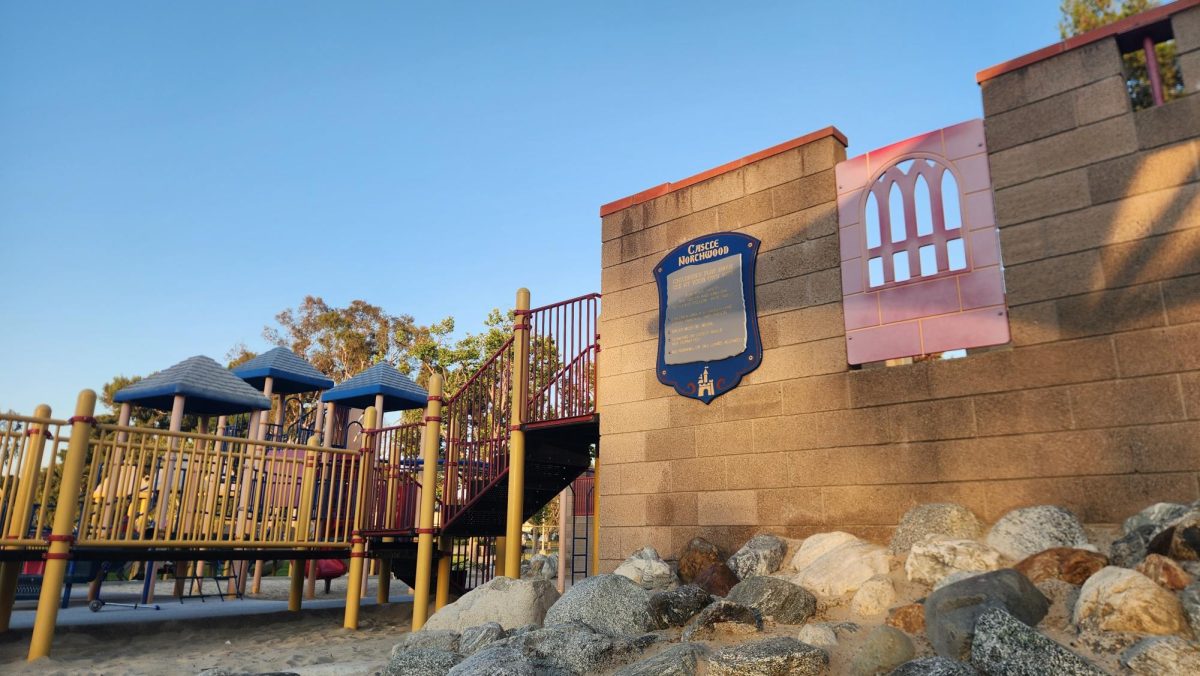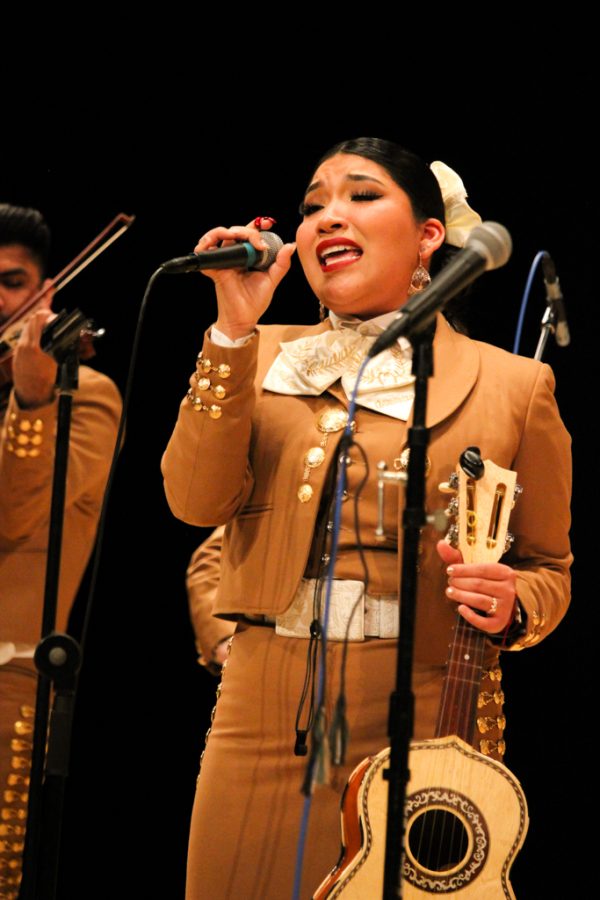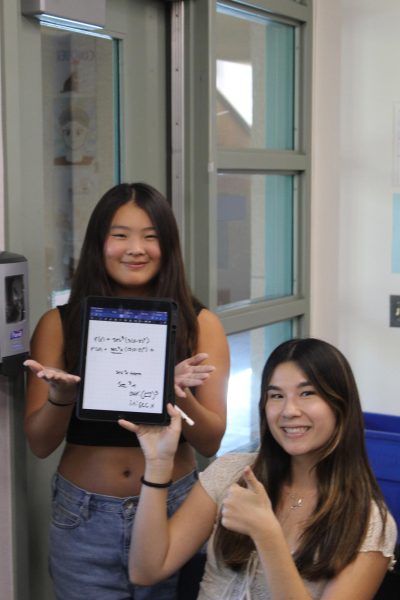Mariachi from past to present
GRITO: Mariachi Nuevo Amanecer sing their hearts out in UCI’s Winifred Smith Hall.
March 12, 2022
Luis Zambrano’s white boot tapped on the theater floor, counting off the beats. At his cue, the room exploded into sound: a guitar, violins, trumpets, vihuelas and a Guitarrón mexicano singing together in an electrifying and emotional harmony. Even as someone with zero experience listening to mariachi music, I could feel the level of intensity and heart the 11 members of Mariachi Nuevo Amanecer put into their performances during the lecture-recital “Mexican American Context: From Mexico’s Golden Age to a New American Genre,” hosted on Feb. 20 in UCI’s Winifred Smith Hall.
Band leader Zambrano swept the audience through the urban history of Mexican Ranchera music, and while the event was advertised as a lecture-recital, lecturing stayed brief. Instead, Zambrano allowed the live performances to tell the story.
The music featured and performed by Mariachi Nuevo Amanecer was deeply comforting, and even more so to those with mariachi intertwined with their culture, as the ensemble’s music struck a chord with them.
“My family is Hispanic so whenever we have gatherings we play and listen to live mariachi music for important parties, and you could really feel a part of Latin and Hispanic culture in the music,” sophomore Melissa Lam said. “It meant a lot to me.”
The handpicked soundtrack featured famous 20th century Ranchera artists, such as Jorge Negrete and Alberto Aguilera Valadez. Their lives and deaths marked the passing of eras during the Golden Age, and the music chosen reflected their contributions to the genre well, such as with “Cien Años” representing Pedro Infante due to his famous 1950 cover of the song.
As with violinist Esmeralda Avila’s rendition of “Si Nos Dejan,” while the common themes of heartbreak and love dominate the soundtrack, the ensemble’s stirring renditions make the repetitive songs compelling. The ensemble never took away from the original artist’s intent, while still adding in their own touch through gritos and gorgeous vocals.
Mariachi Nuevo Amanecer’s emphasis on emotion and excitement breathed life into the lyrics, and the short commentary provided useful and witty insight into the origins and meanings of the songs. The full lecture-recital can be found on YouTube.


























































